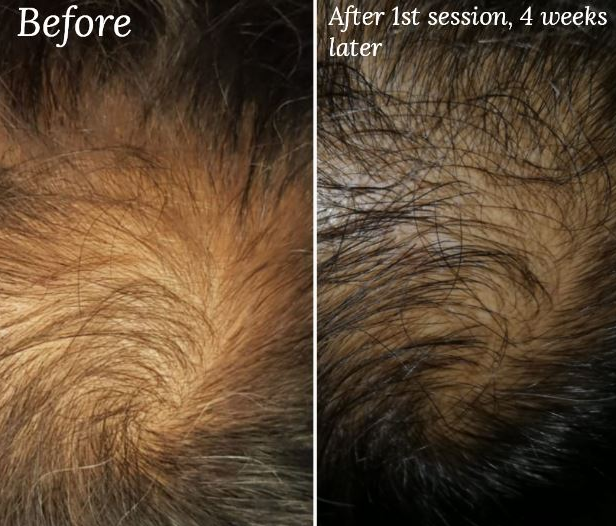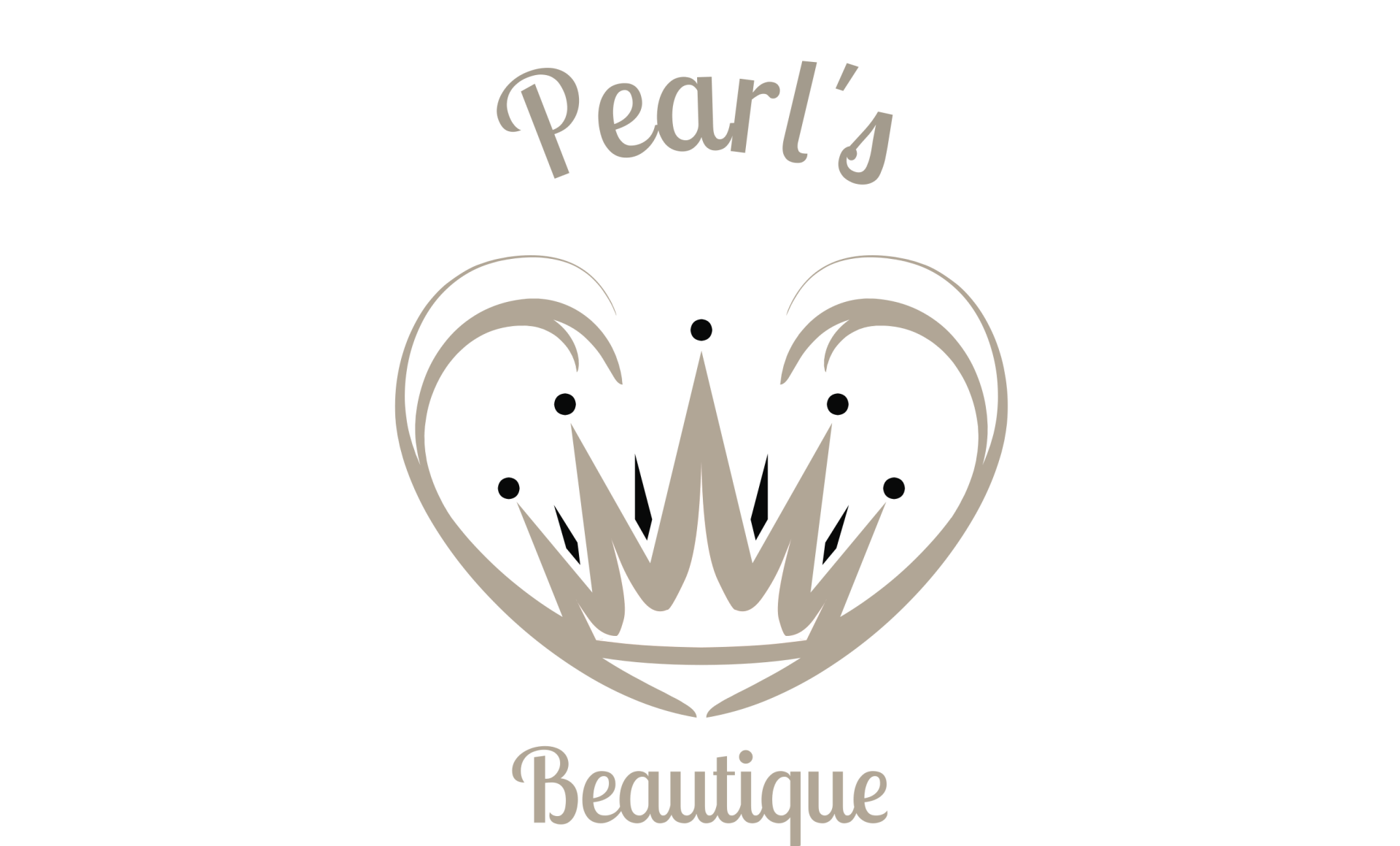Platelet Rich Plasma is a procedure that involves use of your blood as an injectable. The blood has numerous components such including platelets, red and white blood cells. The platelet component of the blood is extracted producing a higher concentration of platelets. This is high concentration of platelets is called Platelet Rich Plasma (PRP). This contains numerous growth factors that have rejuvenation and restorative properties.
How is the PRP Hair Restoration procedure performed?
The procedure involves taking blood from your arm. This blood is drawn up into a special syringe. The syringe is then spun at high speed using a centrifuge. This process separates the components of the blood. The PRP can then be extracted from this and drawn up into another syringe. The PRP is then injected in small amounts just under the skin using a fine needle known as Mesotherapy or microneedling.
How does PRP work in hair transplants?
PRP has been used in hair restoration and hair transplants. There are some cases that have shown improvement in hair growth from repeated PRP treatments alone. PRP has been shown to be useful in specific conditions such as alopecia areata. The PRP may stimulate dormant hair follicles and promote new hair growth. PRP can also promote healing after hair transplants.
What are the risks of PRP?
PRP is an autologous product, which means it is produced from your own body. This means that the risk of allergic or foreign body reactions is minimal. There will be risks of bleeding, bruising and swelling following the procedure. These will generally settle within a few days to a week.

